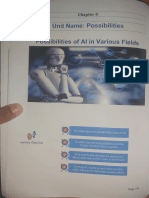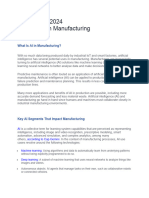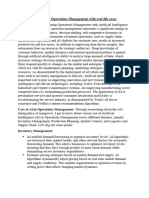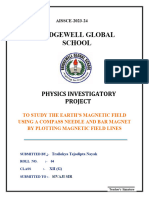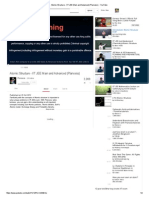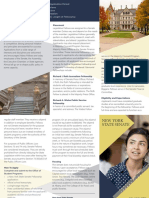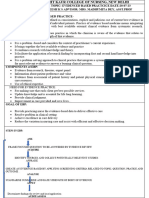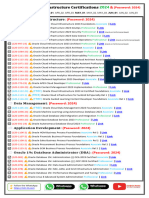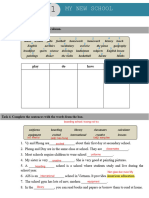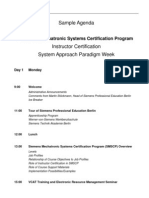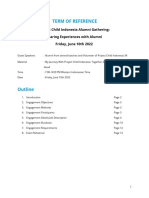0% found this document useful (0 votes)
14 views3 pagesAI-driven Optimization For Resource Management
AI-driven optimization for resource management focuses on enhancing efficiency and sustainability through intelligent data analysis and decision-making such as predicting optimal resource allocation, optimizing energy consumption, streamlining construction processes, assessing lifecycle environmental impacts, and integrating building information modeling with AI. These technologies contribute to sustainable development by reducing resource consumption, minimizing waste, and promoting renewable resources.
Uploaded by
amirteejayCopyright
© © All Rights Reserved
We take content rights seriously. If you suspect this is your content, claim it here.
Available Formats
Download as PDF, TXT or read online on Scribd
0% found this document useful (0 votes)
14 views3 pagesAI-driven Optimization For Resource Management
AI-driven optimization for resource management focuses on enhancing efficiency and sustainability through intelligent data analysis and decision-making such as predicting optimal resource allocation, optimizing energy consumption, streamlining construction processes, assessing lifecycle environmental impacts, and integrating building information modeling with AI. These technologies contribute to sustainable development by reducing resource consumption, minimizing waste, and promoting renewable resources.
Uploaded by
amirteejayCopyright
© © All Rights Reserved
We take content rights seriously. If you suspect this is your content, claim it here.
Available Formats
Download as PDF, TXT or read online on Scribd
/ 3

















